Mercado Yeongcheon de Dongnimmun (독립문영천시장)
4.0Km 2023-01-17
Tongil-ro 189-1, Seodaemun-gu, Seúl
Yujin Sikdang (유진식당)
4.0Km 2021-03-29
40, Jong-ro 17-gil, Jongno-gu, Seoul
+82-2-764-2835
It is a restaurant in Jongno where people wait in line to enjoy its dishes. This restaurant's signature menu is Pyeongyang cold buckwheat noodles. This Korean dishes restaurant is located in Jongno-gu, Seoul.
Jeonjugol Sutbulgalbi (전주골숯불갈비)
4.0Km 2021-03-22
15, Donhwamun-ro, 5ga-gil, Jongno-gu, Seoul
+82-2-765-2582
It is famous as a regular hang-out spot of the well-known Korean MC (Hae Song). This restaurant's signature menu is grilled beef ribs. This Korean dishes restaurant is located in Jongno-gu, Seoul.
63 Art (63아트)
4.0Km 2024-07-29
63-ro 50, Yeongdeungpo-gu, Seúl
A 264 m de altura, en el edificio 63 Square de Yeouido, imagen simbólica de la ciudad de Seúl, se inauguró el museo de arte más alto del mundo, llamado 63 Art. El lugar fue una renovación del antiguo restaurante Sky Deck del piso 60, y se puede disfrutar de una gran variedad de actividades culturales, exposición de obras artísticas, espectáculos de magia, etc. Además, la vista hacia el río Hangang que se observa desde lo alto del edificio es la otra gran atracción que lo sorprenderá.
Chamchi Maeul (참치마을)
4.0Km 2021-03-22
31, Donhwamun-ro, Jongno-gu, Seoul
+82-2-742-1671
This is a restaurant where you can enjoy several parts of tuna. This Japanese (cuisine) restaurant is located in Jongno-gu, Seoul. The most famous menu is sliced raw tuna.
Imun Seolnongtang (이문설농탕)
4.0Km 2025-08-08
38-13, Ujeongguk-ro, Jongno-gu, Seoul
Eunjujeong (은주정)
4.0Km 2021-03-24
32, Changgyeonggung-ro 8-gil, Jung-gu, Seoul
+82-2-2265-4669
It is a place where you can eat kimchi stew with ssam (wraps). This restaurant's signature menu is kimchi stew. This Korean dishes restaurant is located in Jung-gu, Seoul.
Park's BBQ (박사네갈비)
4.0Km 2021-03-19
14-5, Insadong-gil , Jongno-gu, Seoul
+82-2-730-7305
A barbecue specialty restaurant located in Insa-dong, Seoul. The most famous menu is grilled Korean beef sirloin. A restaurant where you can enjoy the highest-quality Korean beef.
Tienda de Suvenires Coreanos en Insa-dong (한국관광명품점(인사동))
4.0Km 2024-02-19
Insadong 5-gil 14, Jongno-gu, Seúl
Busan Agujjim Gulbossam (부산아구찜굴보쌈)
4.0Km 2021-03-19
서울특별시 종로구 돈화문로 35
+82-2-764-2373
This is a Korean cuisine located in Jongno, Seoul. The best menu at this restaurant is spicy braised monkfish. Stewed monkfish is a spicy seafood dish made of fish and vegetables.

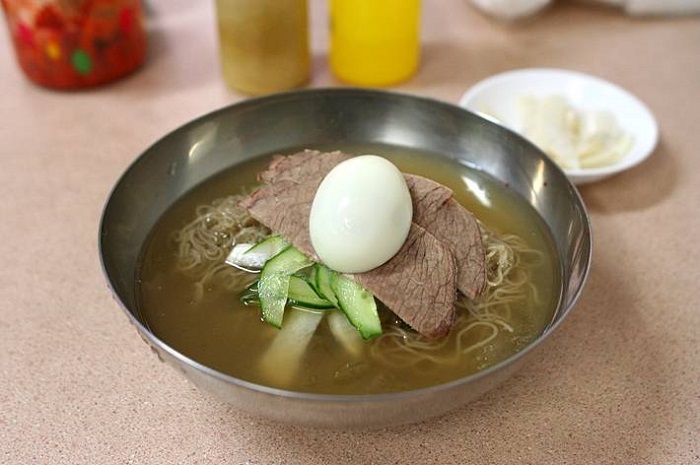
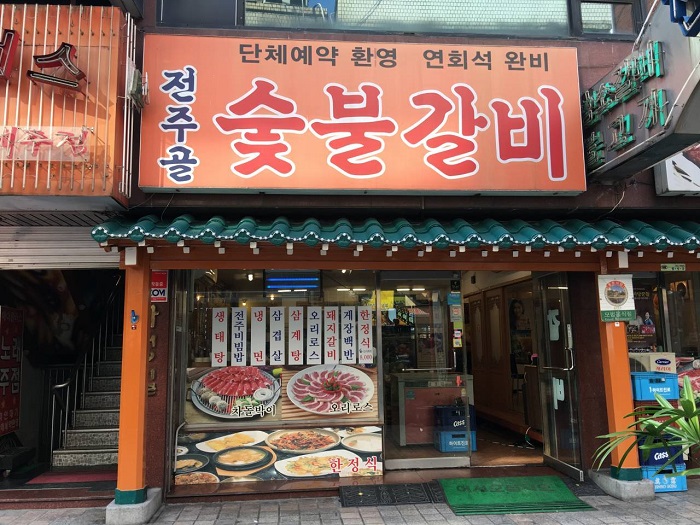
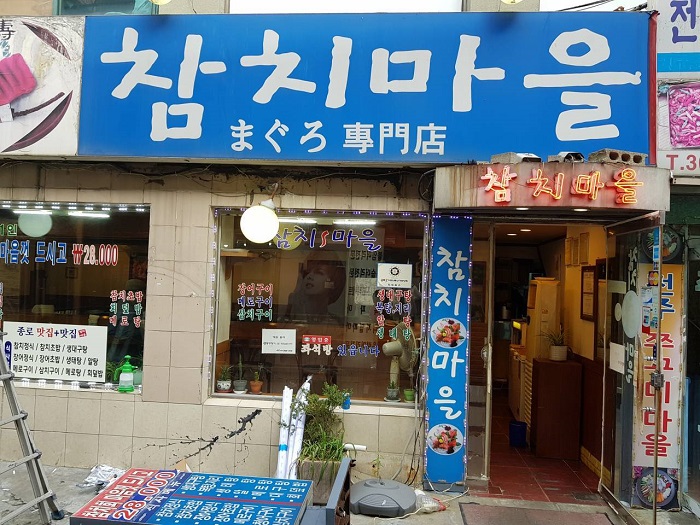
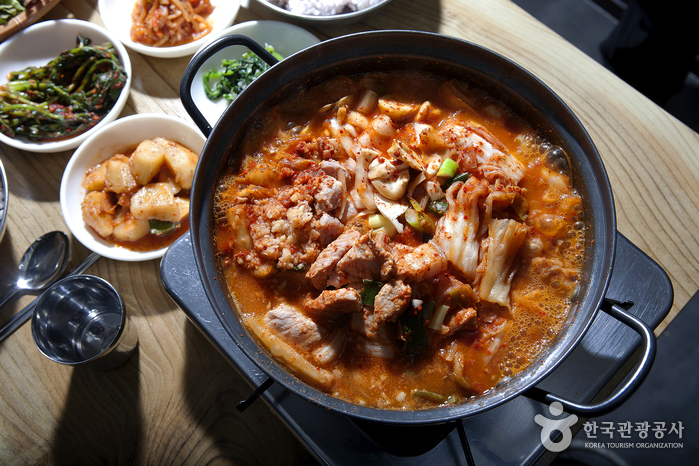
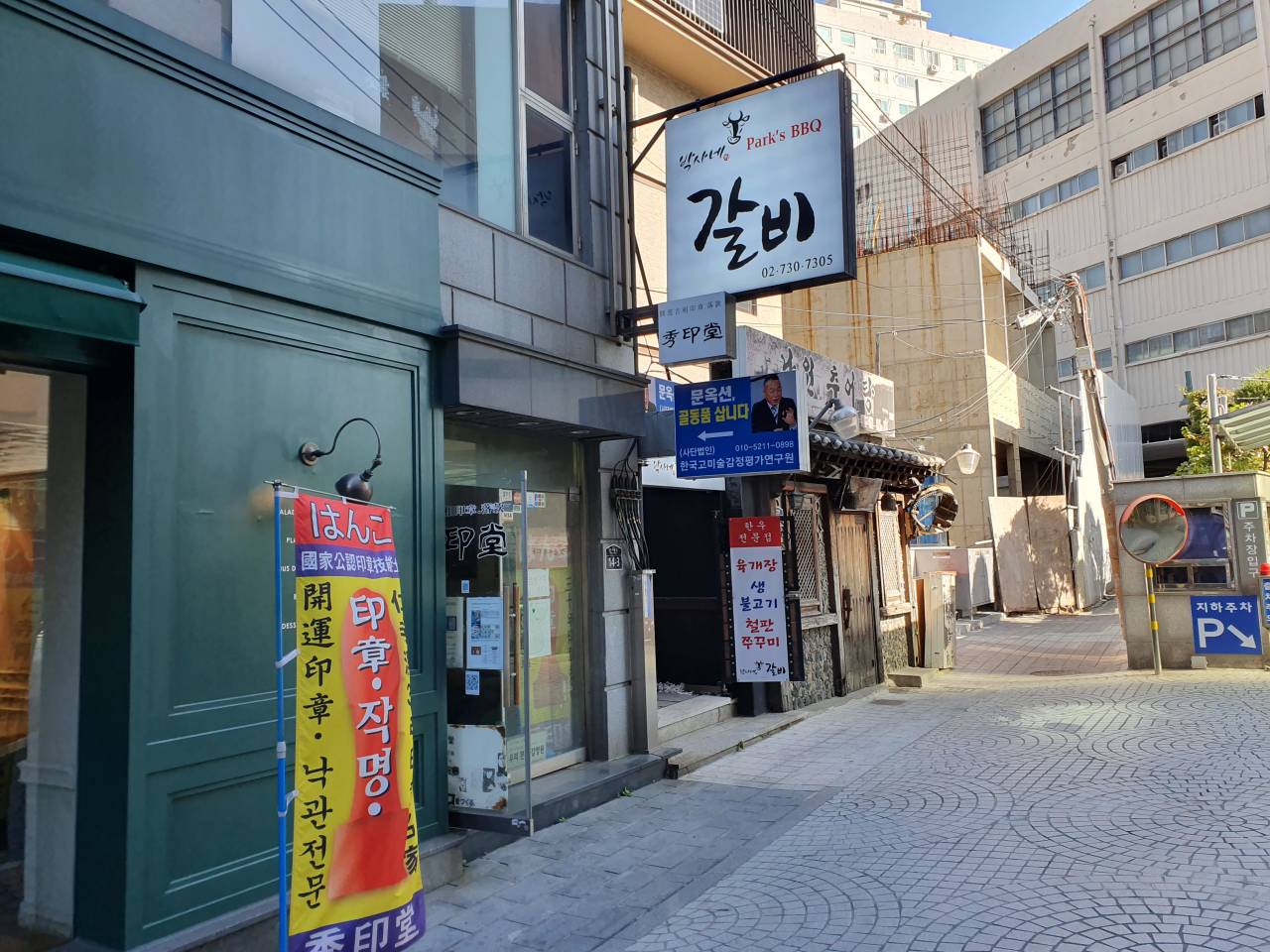
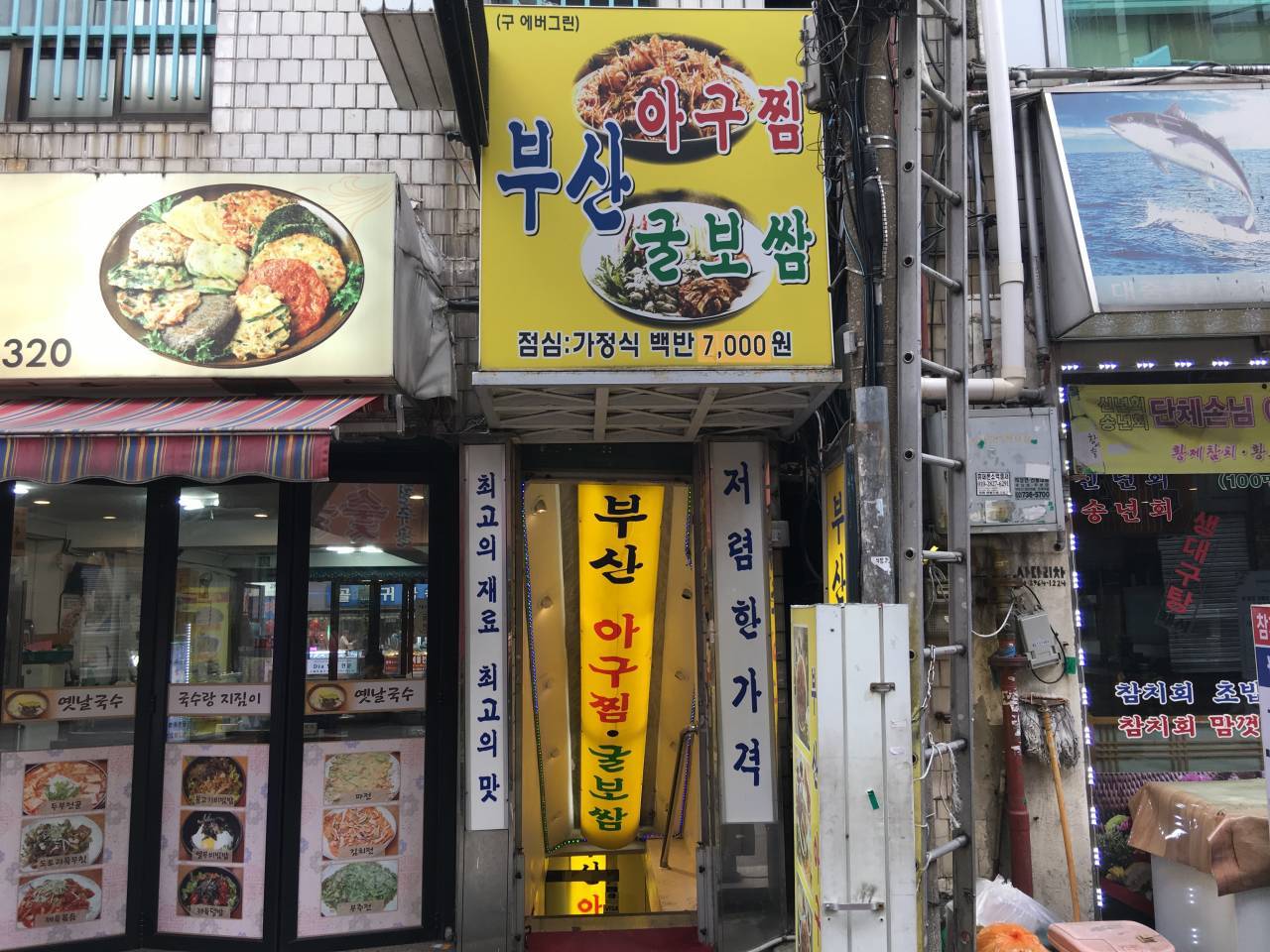
 Español
Español
 한국어
한국어 English
English 日本語
日本語 中文(简体)
中文(简体) Deutsch
Deutsch Français
Français Русский
Русский